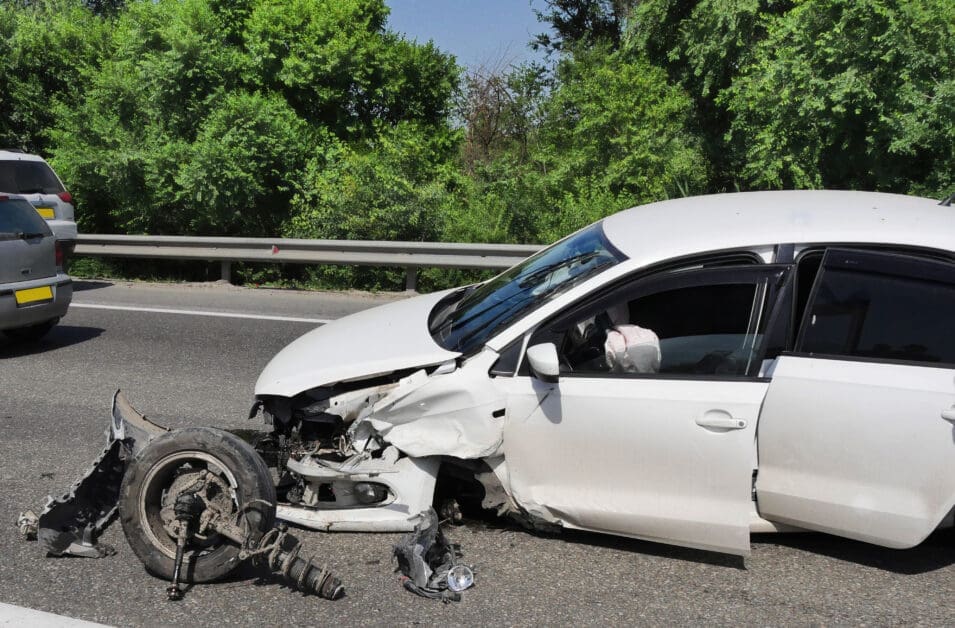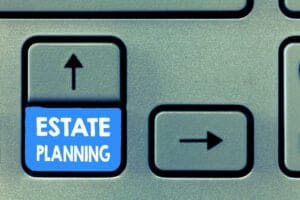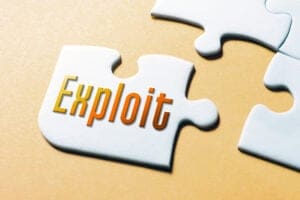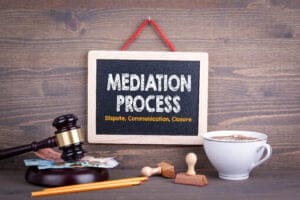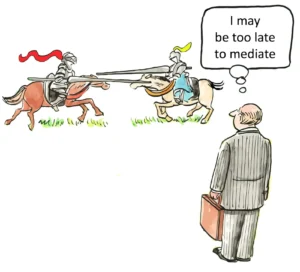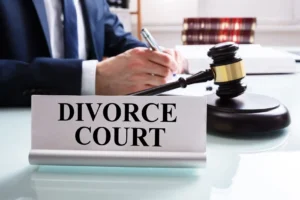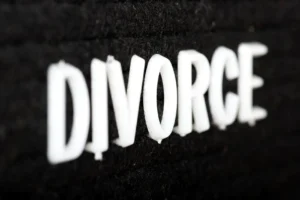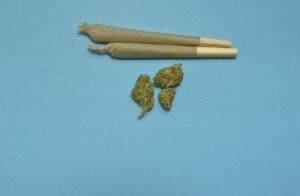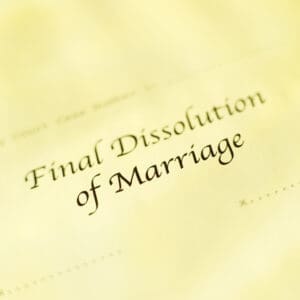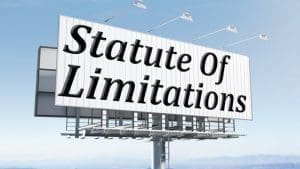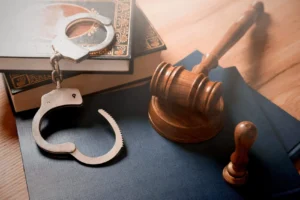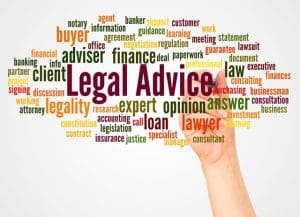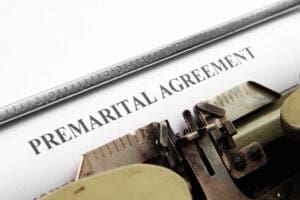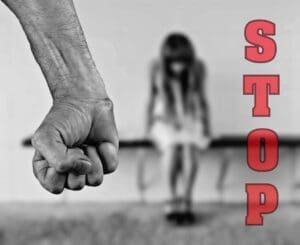Assessing Liability After Phoenix Auto Collisions and the Role of Evidence
Car crashes in Phoenix bring sudden disruption to daily life. From immediate injuries to long-term financial strain, the impact can be overwhelming. Determining who holds legal responsibility is central to obtaining fair compensation. Courts, insurers, and attorneys rely on evidence to establish liability, making documentation and accurate reporting vital to every claim.
When families talk with lawyers from autoinjuryfirm.com, they often learn about the importance of evidence in proving fault. Liability cannot be assumed. It must be demonstrated through facts such as accident reports, witness testimony, photographs, and expert opinions. Without strong evidence, even clear cases of negligence risk collapsing under scrutiny.
Defining Liability in Arizona Auto Collisions
Liability in Arizona arises when one party’s negligent or reckless conduct causes harm to another. Drivers owe a duty of care to follow traffic laws, remain attentive, and operate vehicles safely. When that duty is breached through speeding, distraction, or impairment, and an accident results, the driver may be held legally responsible.
Arizona follows a comparative negligence standard. This means that multiple parties can share fault, and each is responsible for a proportion of the damages. For example, if one driver is found 70 percent at fault and another 30 percent, compensation reflects that division. Understanding this framework is essential for anyone involved in a Phoenix collision.
Types of Evidence That Shape Liability
Evidence provides the foundation of every claim. Different forms of proof carry weight depending on the nature of the collision. Key categories include:
- Police reports: Officers document observations, issue citations, and create an official record.
- Witness statements: Neutral accounts from bystanders provide credibility.
- Photographs and video: Images of skid marks, vehicle damage, and roadway conditions preserve details that fade quickly.
- Medical records: Documentation of injuries links physical harm directly to the collision.
- Expert analysis: Accident reconstruction professionals interpret data to explain how the crash occurred.
Together, these elements form a comprehensive picture that clarifies who bears responsibility.
The Role of Technology in Modern Investigations
Technology increasingly influences liability assessments. Dashcams, surveillance footage, and vehicle black box data provide objective evidence. These records capture speed, braking, and steering inputs in the moments immediately preceding a crash. In commercial vehicle accidents, maintenance logs and driver hour records also play a decisive role.
Electronic evidence is time-sensitive. Businesses and private parties are not permitted to retain data indefinitely. Immediate action helps preserve information that otherwise could disappear. This makes early investigation crucial for protecting a claim.
Insurance Company Tactics and Evidence Review
Insurers evaluate liability with a focus on minimizing payouts. Adjusters may question the accuracy of witness accounts or highlight gaps in medical treatment to dispute causation. They often use comparative negligence to argue that victims share blame, reducing the overall settlement value.
Detailed and consistent evidence resists these tactics. A timeline of medical care, clear accident photos, and reliable testimony give claimants leverage during negotiations. Evidence transforms a victim’s narrative into a verifiable record that insurance companies cannot easily dismiss.
Legal Standards Applied in Phoenix Courts
Courts in Phoenix assess liability by applying established legal principles. Plaintiffs must demonstrate four elements: duty, breach, causation, and damages. Evidence ties each element together. For example, a police report showing a driver ran a red light demonstrates breach, while medical records showing fractures prove damages.
Judges and juries rely on documented proof rather than speculation. Strong evidence clarifies facts, reducing uncertainty and leading to more predictable outcomes. Without it, claims risk dismissal or reduced awards may occur.
Comparative Negligence and Its Impact on Damages
Because Arizona follows a pure comparative negligence rule, even victims who are partially at fault can still recover damages. However, their compensation decreases proportionally. If a jury finds a victim 20 percent responsible, the final award drops by that percentage.
Evidence becomes critical in limiting the assigned fault. Clear proof of the other driver’s reckless behavior can reduce or eliminate claims of shared responsibility. Without evidence, victims face a higher risk of being held more accountable than warranted.
Practical Steps After a Phoenix Collision
Victims can take immediate actions that strengthen liability claims:
- Photograph the scene from multiple angles.
- Collect names and contact information from witnesses.
- Request a copy of the police report.
- Seek prompt medical evaluation, even for minor symptoms.
- Preserve any physical evidence, such as damaged personal items.
Taking these steps creates a record that attorneys and investigators can later expand upon. Every detail matters, and early documentation often makes the difference between a strong and weak claim.
Evidence as the Cornerstone of Fair Recovery
Establishing liability in Phoenix auto collisions depends on evidence that connects negligent actions to measurable harm. Victims who understand how liability works and how evidence supports each element of a claim place themselves in the strongest position to recover fair compensation. Documentation, technology, and timely action ensure that critical facts remain intact and persuasive when presented to insurers or courts. Careful evidence gathering protects both health and legal rights, offering clarity in the aftermath of confusion.
